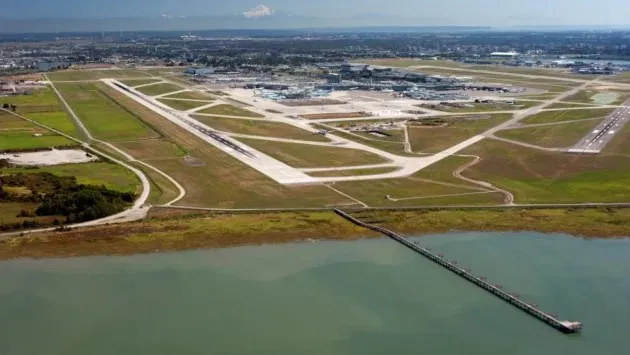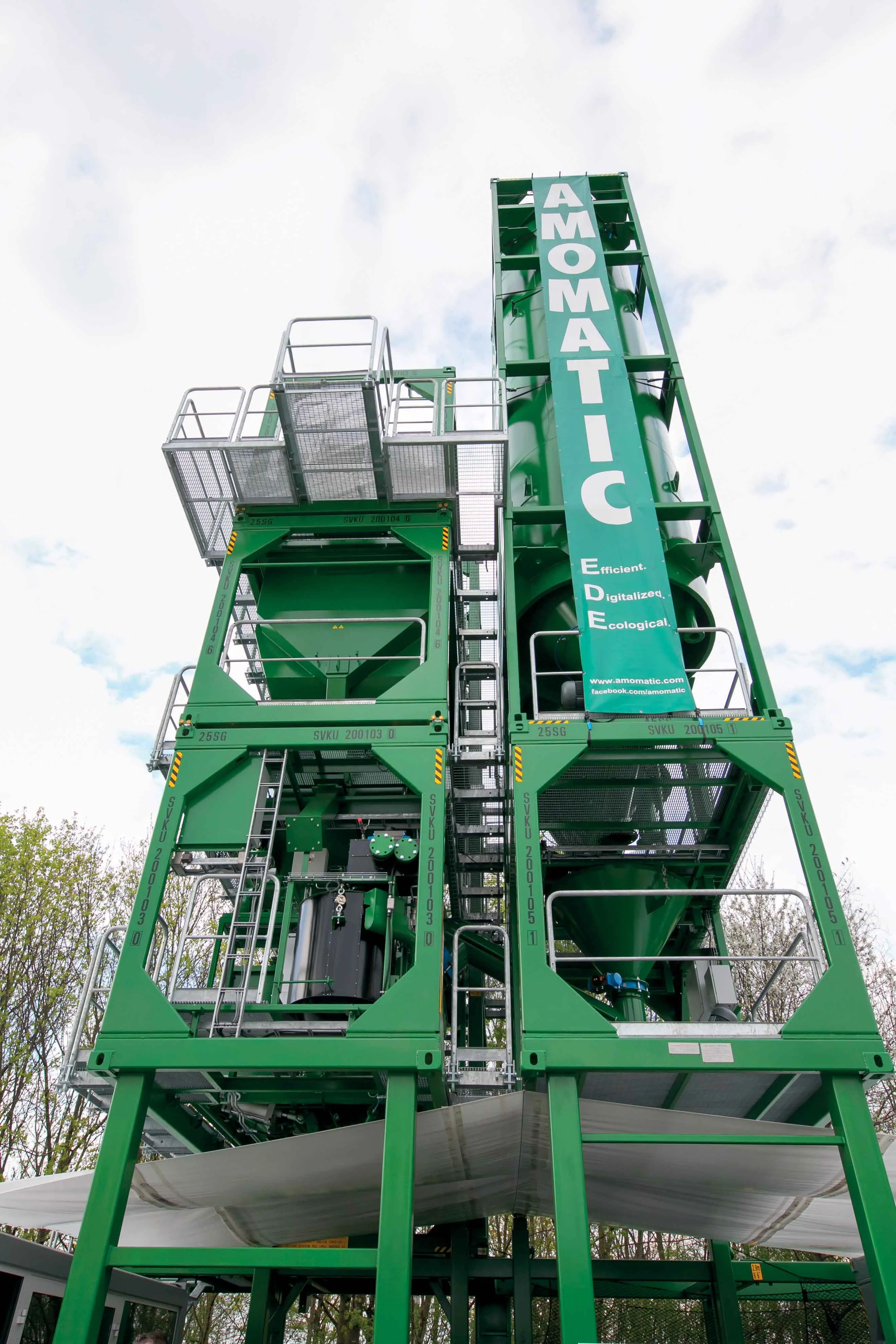The Indian Air Force (IAF) is suggesting that new highways could also be designed as backup runways for its air defence fleet. The first highway to be constructed so that it could also be used as a runway is likely to be the 302km Lucknow-Agra Expressway. This route will be operational by the end of 2016.
The IAF has been working on plans to build emergency runways and has been developing solutions for mobile logistics support. It has also been researching suitable road sections and the minimum infrastr
May 18, 2016
Read time: 2 mins
The Indian Air Force (IAF) is suggesting that new highways could also be designed as backup runways for its air defence fleet. The first highway to be constructed so that it could also be used as a runway is likely to be the 302km Lucknow-Agra Expressway. This route will be operational by the end of 2016.
The IAF has been working on plans to build emergency runways and has been developing solutions for mobile logistics support. It has also been researching suitable road sections and the minimum infrastructure requirements needed. The plans have been shared with India’s Ministry of Road Transport and Highways. The runways would serve as alternative runways for operations if key IAF air force bases were to be attacked.
The idea of using a highway as a temporary runway is by no means new. The first stretches of Germany’s Autobahn system were constructed in the 1930s and these were considered from the outset as being suited to use as temporary runways. During the latter part of WWII, a number of Autobahn sections were used as temporary runways, particularly for fighter operations. Other countries too have used sections of highway at times for military aircraft.
The IAF has been working on plans to build emergency runways and has been developing solutions for mobile logistics support. It has also been researching suitable road sections and the minimum infrastructure requirements needed. The plans have been shared with India’s Ministry of Road Transport and Highways. The runways would serve as alternative runways for operations if key IAF air force bases were to be attacked.
The idea of using a highway as a temporary runway is by no means new. The first stretches of Germany’s Autobahn system were constructed in the 1930s and these were considered from the outset as being suited to use as temporary runways. During the latter part of WWII, a number of Autobahn sections were used as temporary runways, particularly for fighter operations. Other countries too have used sections of highway at times for military aircraft.








